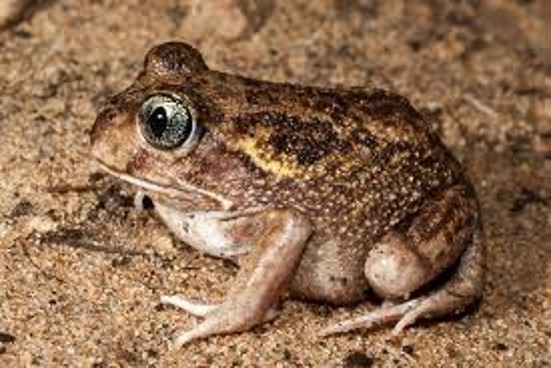Gardening
Plants and trees in outdoor play spaces need to fulfil certain attributes: shade provision, hardiness, low allergy effects, pleasant textural attributes and low or no toxicity.
From a sustainability perspective it’s also important to consider the water requirements of plants and their ability to provide habitat for/attract native birds and bees. Additionally, some plants may provide the bonus of being able to be used in edible gardens, which children can plant, care for and compost leftovers from.
Here are some resources and activity sheets to get you started.
Resources
 Guide on Plants for Playspaces
Guide on Plants for Playspaces Make Newspaper Seedling Pots with the Kids
Make Newspaper Seedling Pots with the Kids![]() Sustainability in Schools' Foundation, in the Garden
Sustainability in Schools' Foundation, in the Garden Making Native & Vegetable Seed Bombs
Making Native & Vegetable Seed Bombs  Making Fermented Plant Juice from weeds and other Korean Natural Farming solutions
Making Fermented Plant Juice from weeds and other Korean Natural Farming solutions Gardening in EY settings using your own compost
Gardening in EY settings using your own compost ![]()
 Gardening in EY settings using your own worm castings
Gardening in EY settings using your own worm castings ![]()

Encourage Native Bees to your Garden
 Make Your Own Bee-friendly Garden Sign
Make Your Own Bee-friendly Garden Sign How to Act for Bees
How to Act for Bees How to Build a Native Bee Home
How to Build a Native Bee Home

Encourage Frogs to your Garden
Some Fun Facts about Frogs
Frog calls:
Frogs are far more often heard than seen. Most frog sounds are the males, calling out to attract the females for breeding. Frog voices may carry for long distances, especially the higher pitched calls of the smaller frogs and they increase their loudness by ballooning out the sides of their throats, to create a resonating chamber.
Different frog species have different calls so they don’t attract the wrong species. Frogs call to breed seasonally when conditions of temperature, day-length and moisture are right.
Activity: Learn Froglish calls for our WA Frogs from the Western Australian Museum - then Use scrap paper to make a tube or use an old cardboard tube, fill your cheeks with air and mimic that sound.
Why frogs have different feet
Frogs can be found almost anywhere except Antarctica. However, most frogs are found in warmer countries. You can find frogs in water or near places that have water like ponds and streams. However, some frogs will never enter the water. They live mainly on land and go to the water only to mate. The Turtle frog is one of these.
Then, there are some kinds that live in trees. These frogs have tiny sticky pads on their fingers and toes to help them cling to the tree trunk as they climb. The South WA species of Motorbike and Slender green tree frog are examples of these.
Some frogs are burrowers. Burrower frogs live on land and have short hind legs and cannot hop. These Frogs usually live in cold winter places and hibernate at this time. Some of our South WA frogs are burrowers such as the Banjo, the Moaning and the Quacking frogs.






